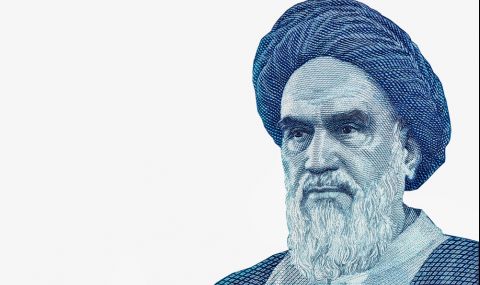The Islamic Revolution or Iranian Revolution of 1979 is an event that led to the overthrow of Shah Mohammad Reza Pahlavi and the abolition of the monarchy in Iran.
Ayatollah Ruhollah Khomeini played a key role in it, establishing a government organized according to traditional Islamic law and calling this government "the representative of Ali". Religion became the basis of all political and economic life. According to traditional Islamic law, women and men are strictly separated.
Women must cover their bodies and heads in public places, homosexuals are shot, and adulterers are stoned to death. The goal of the Islamic Revolution in Iran is the complete Islamization of the state. The revolution is divided into two periods: the first is associated with the creation of an alliance of liberal, leftist and religious groups, and the second period is characterized by the power of the ayatollahs, often called the Islamic Revolution.

On January 26, 1963, Shah Reza Pahlavi began a campaign to modernize the country. Also known as the “White Revolution”, it provided for land reforms, modernization of the economic and social spheres. In 1978, religious circles abandoned their support for the Shah. This led to riots, mass demonstrations and protests. Martial law was imposed. An opposition movement was formed around the Islamic fundamentalist Ayatollah R. Khomeini. On January 16, 1979, as a result of the complicated political situation, the Shah and his family left the country. On February 1, after a 14-year exile imposed on him for opposing the regime, Ayatollah Ruhollah Khomeini returned to the country. On February 11, the revolution was victorious.
A referendum was held and on April 1, 1979, Iran was declared an Islamic republic. A new constitution was adopted, based on a parliamentary form of government with an elected president and a unicameral parliament. The Sharia (law from the Koran) was adopted as the basis of the legal system and a Council of Elders was formed, subordinate to religious leaders: “ulama” (religious sages) and “mullahs” (interpreters of the Koran).
On January 25, 1980, Abolhassan Bani-Sadr was elected president of the republic. The government began a large-scale program of nationalization. According to the 1981 constitution of Iran, all political parties and non-Islamic movements were banned in the country.
